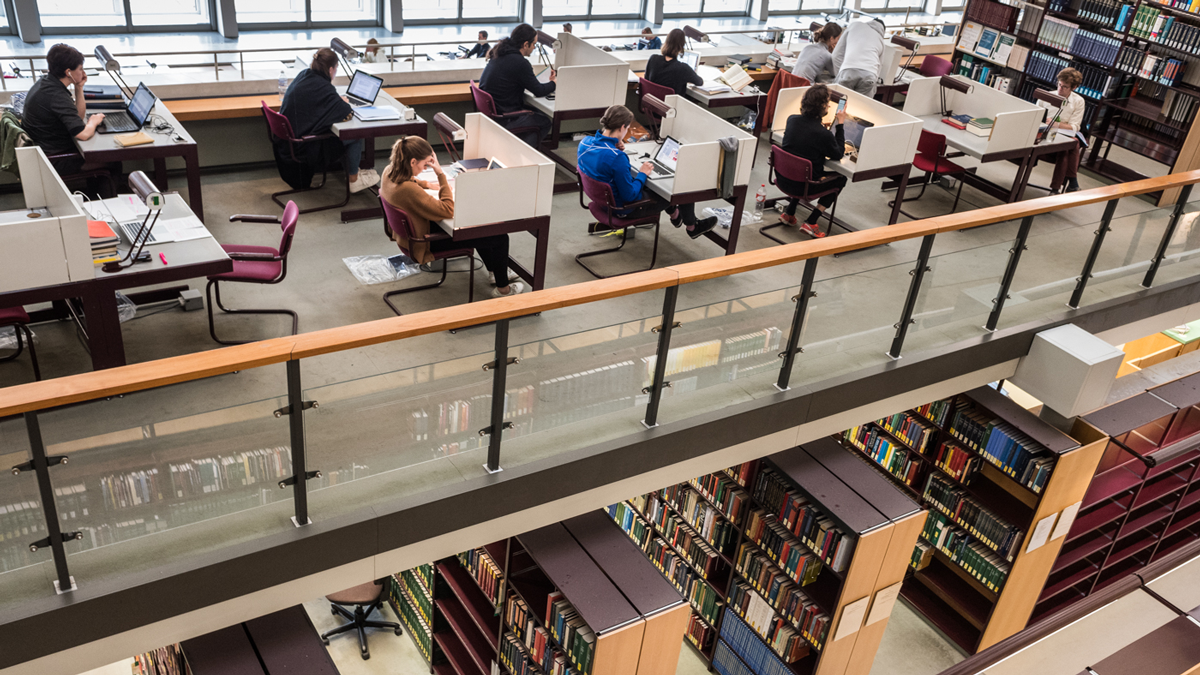
Learning Management Systems (LMS) to complement or replace classroom teaching are becoming increasingly attractive to institutions, teachers and students. Due to the growing demand and various existing LMS, the development of new learning technologies is fragmented and expensive. A more efficient way is the development of a cross-system middleware that works with open specifications, can be combined with various existing LMS and is individually customizable.
With the development of a Common Learning Middleware (CLM), Fraunhofer FOKUS aims to fill this gap. The CLM is initially being developed to enable a joint Fraunhofer LMS (“Fraunhofer Learning Portal”), which combines all the teaching and learning technologies of the various institutes and aims to strengthen the external impact of Fraunhofer. At the same time, it works with open specifications, first and foremost the Learning Tools Interoperability (LTI), so that teaching and learning content only has to be developed once and can be used in other, external LMS applications over the long term.
Partners: Fraunhofer Academy, Fraunhofer FIT, Fraunhofer IML, Fraunhofer IOSB, Ziemann.IT Software, 3C IuK-Management
Fraunhofer FOKUS Role
Fraunhofer FOKUS is project coordinator together with Fraunhofer Academy. The project relies on the experiences and prototypes of the completed projects “Smart Learning im Handwerk“ (SLHw) and ”Smart Learning für die online Weiterbildung“ (SLOW), both coordinated also by Fraunhofer FOKUS.


